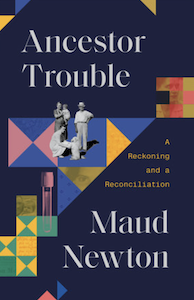


Those claims should be sprinkled with a few grains of salt, but more than twenty-six million people have taken genetic ancestry tests since 2012, incidentally creating a database of huge value to pharmaceutical companies and law enforcement.

It’s often said that genealogical research is the second most popular hobby in the United States, after gardening, and the second most popular search category online, after porn. “You hardly meet an American who does not want to be connected a bit by his birth to the first settlers of the colonies, and, as for branches of the great families of England, America seemed to me totally covered by them,” Alexis de Tocqueville marvelled in 1840. The collection, owned and operated by the Church of Jesus Christ of Latter-day Saints, is the largest physical archive of ancestry in the world. They contain billions of images of genealogical documents, an estimated quarter of all vital records on earth. Behind doors designed to withstand a nuclear strike, through tunnels blasted six hundred feet into the rock, in a vault that’s another seven hundred feet down, lies a trove stashed in steel cases: not bullion or jewels but microfilm, millions of reels of it. A mile into Utah’s Little Cottonwood Canyon, heading east from Salt Lake City toward the Wasatch ski slopes, several concrete arches open into the face of a mountain.


 0 kommentar(er)
0 kommentar(er)
